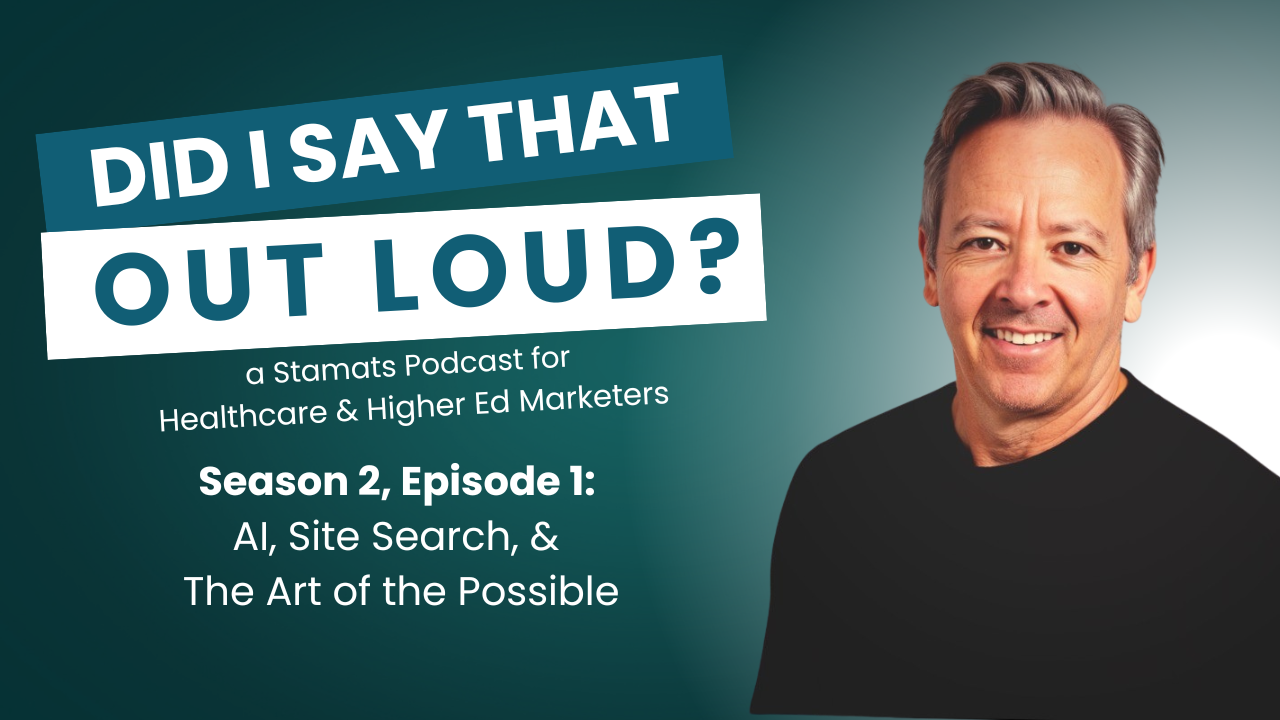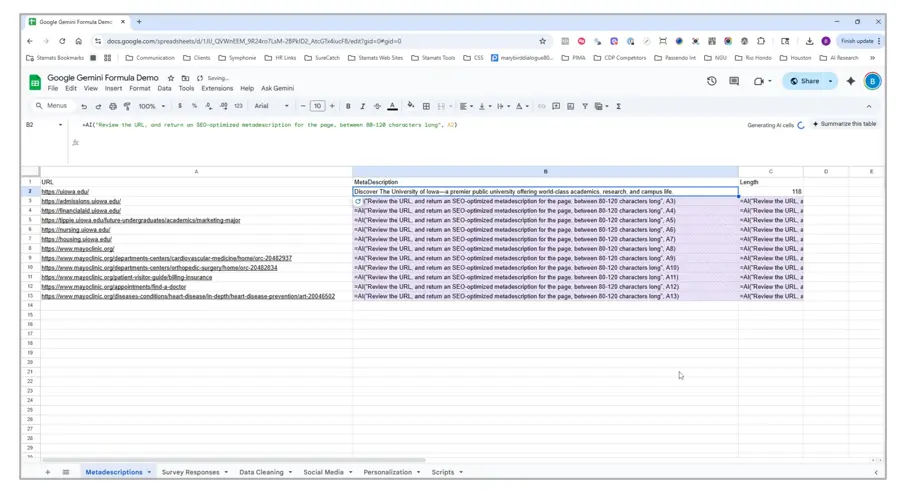Written by
on

To grow, one must take on new tasks. Often, one can pull from previous experiences and projects to help aid through the new projects. When this happened to me, I was lucky to have a fabulous team.
The project? Our marketing and communications team was given the task of creating the upcoming foundation magazine. Had I ever created one before? Not one bit.
However, I had experience with project management of other publications for recruitment. And I had fairly extensive experience working with data and translating it into meaningful plans for communications.
With Whom Are We Communicating?
During our development meetings, we discussed the schedule, the content, timing, and more. One gleaming topic that kept coming up was “Who is our audience?” We assumed that it was all older people in the community. But we had nothing to back that up, other than the cursory visitor to the advancement office.
It appeared, in all the years this publication had been in circulation, a data-pull on the audience was never performed. And yet, we had an existing list in a system that provided valuable insight to who we were mailing the publication.
I remember the look on my team’s faces when I called for a data pull. I was new to overseeing this project. There were plenty of team members sitting in the room who had been part of the project and had access to the data. I can’t say for certain what was going through their heads at that time. But I theorized they may have thought I was off my rocker. Maybe they were thinking, “This is not how we do things.”
Fortunately, within two days we had some decent data to review.
Related reading: Send Students the Right Recruitment Message at the Right Time
What Did Pulling Data Do for Us?
Immediately, the team realized they had holes in their data and they should create a plan to either fix or come up with a plan to acquire. Through this realization, the team started conceptualizing how to improve the data collection system. We were working toward improved systems! Already, we had a win.
We learned that our audience was younger than expected. The ages and DOBs found from pulling the list reversed our audience age hypothesis. We also learned that there were more women than men on the list. These data points made an immediate difference in selecting topics to include in the publication.
We were able to share this information at the cabinet level. Our writer took the data and created some robust visuals and pie charts to share in meetings and presentations at the cabinet level.
The data created a persona of sorts that we used to choose topics. For instance, we created a publication that highlighted women ‘killing it’ in their profession on campus, in the community, and as alumni at large.
What Did We Learn?
Communications, print, digital—whatever mode is being developed needs thoughtful processes and mindful decisions. Assuming who your audience is will most likely be wrong. If you create messaging that misses your audience, you lose opportunities to connect and develop a relationship.
Doing things differently can be scary. Pushing through the uncomfortable of something different can provide great insight to make better decisions and reach the right audience.
We’d love to help you develop your strategy, build a communication plan, or optimize your enrollment campaign. Connect with us to learn more about accelerating your enrollment growth.


